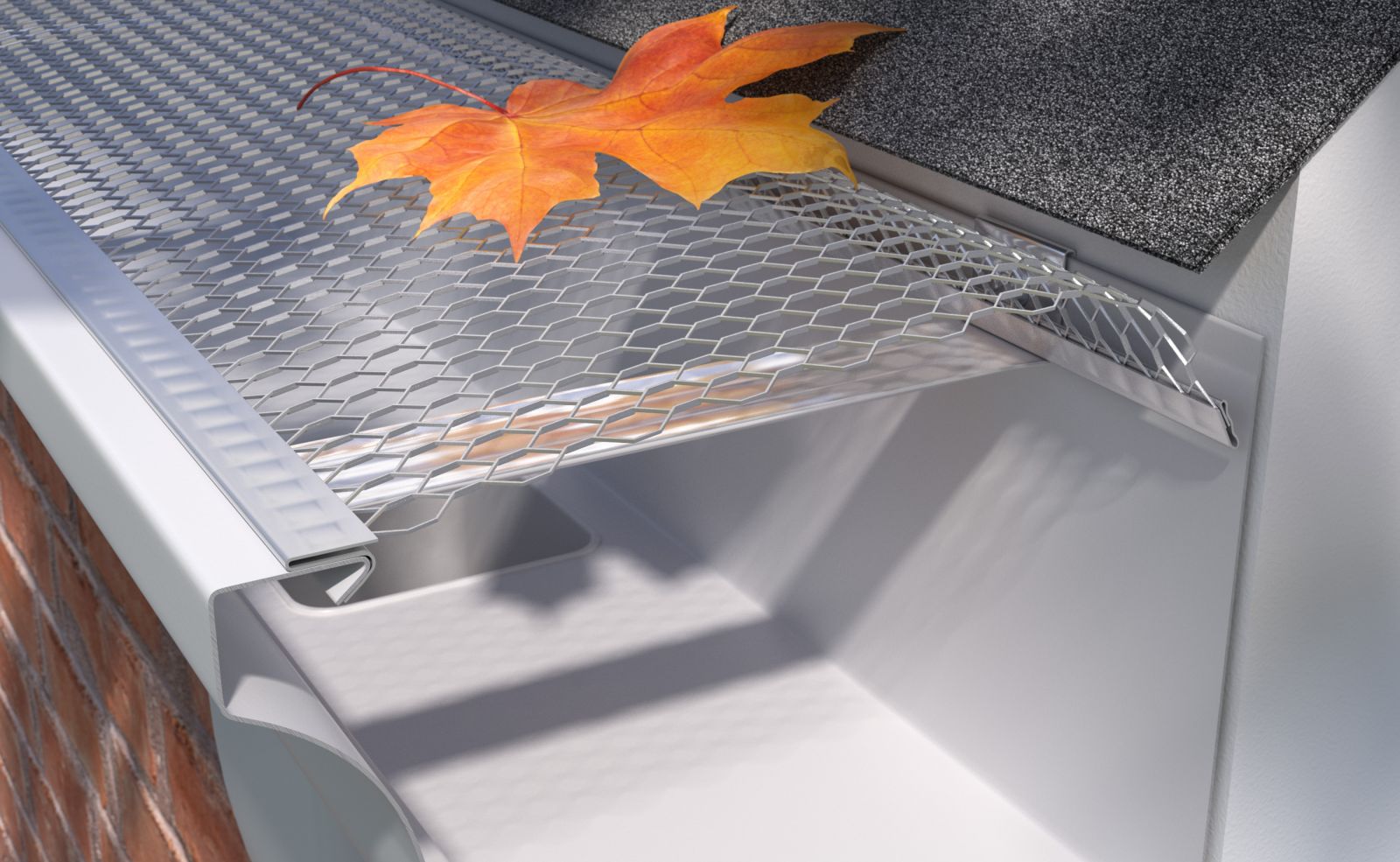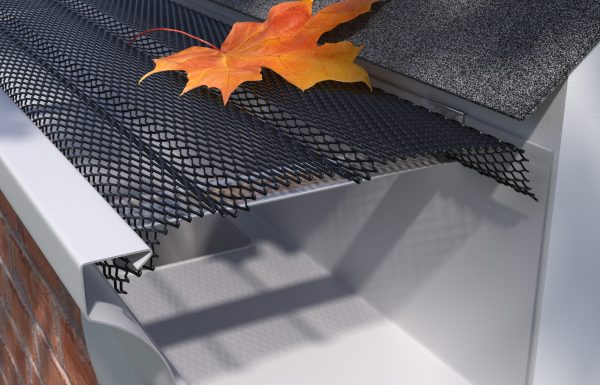Gutter Protection
Prevent Costly Leaks & Clogs
Your Home Deserves Gutter Guards
Gutters clogged with leaves and debris can lead to overflowing gutters, ice buildup and ice dams. These issues can create too much weight within your gutter system and damage or pull your gutters down. Clogged gutters will also eventually lead to prolonged moisture exposure to your home. Over time, this moisture can seep into your home and cause thousands of dollars in water and mold damage.
The four main types of gutter guards available are screen, micro mesh, reverse curve (or surface tension gutter guards), and foam. Each type has its own set of advantages and considerations.
Screen Guards
Screen guards feature a wire or a plastic grid that blocks leaves from entering the gutter trough. They're easy to install by lifting the bottom row of roof shingles and sliding the edges of the gutter screens beneath the shingles along the entire length of the gutter, so that the weight of the shingles holds the screen in place. Screen gutter guards are an inexpensive option and offer the simplest installation, no tools are needed.
Gutter screens are not screwed down and so may be dislodged by high winds or knocked out from under shingles by falling branches. Additionally, prying up the lower row of roof shingles to install slip-under gutter guards voids certain roof warranties. Contact the shingle manufacturer before installing this type of gutter guard if you have concerns.


Micro Mesh Guards
Micro-mesh gutter guards are similar to screens, allowing water to run through small holes while blocking twigs and debris. They require one of three simple installation methods: slipping the edge under the first row of roof shingles, snapping the guard directly onto the top of the gutter, or attaching a flange to the fascia (the vertical strip just above the top of the gutter).
Micro-mesh gutter guards are effective at blocking even small bits of debris, such as blowing sand, while allowing rain to flow through. They're made of various materials, from inexpensive plastic to strong stainless steel. These gutter guards may require occasional cleaning with a hose sprayer and scrub brush to clear ultrafine debris from the mesh holes.
Reverse Curve Guards
Reverse-curve gutter guards are made from lightweight metal or molded plastic. Water flows over the top and around a downward curve before dropping into the gutter beneath. Leaves and debris slide right off the edge and fall to the ground below. These gutter guards work well for keeping leaves and debris out of the gutter, even in yards with numerous trees.
Reverse-curve gutter guards are more expensive than mesh guards and screen options. They're less DIY-friendly than other types and must attach at the correct angle to the roofs fascia. If not installed properly, water can run over the edge, rather than following the reverse curve into the gutter. Since they install above the existing guttering, they can appear like full gutter covers from the ground, so its advised to look for a product that matches the color and aesthetic of the home.


Foam Guards
Another easy-to-use option is essentially a triangular block of foam that sits in the gutter. One flat side lies to the back of the gutter, another flat side faces up to the top of the gutter to prevent debris from entering, and the third flat side lies diagonally in the gutter, which allows water and small debris to flow through the drainage system.
These gutter guards are inexpensive and easy to install, making them a great choice for DIYers. The foam can be cut to the proper length, and the guards don't require nails or screws to remain in place, so theres less risk of damage or leaks. However, they aren't the best for locations that experience high levels of precipitation because heavy rain can quickly saturate the foam, causing the gutters to overflow.


